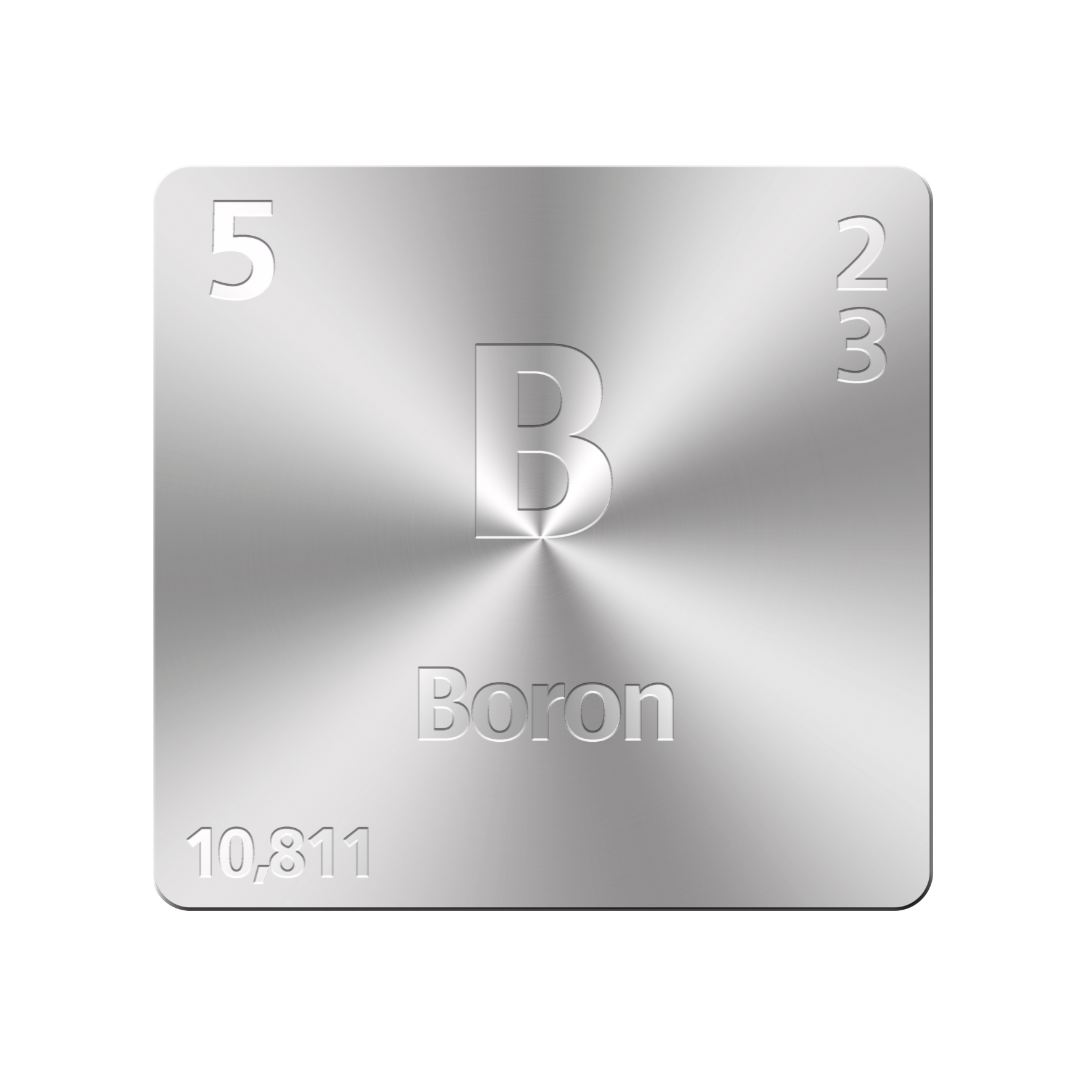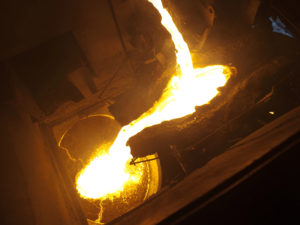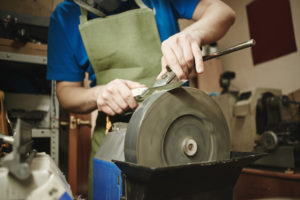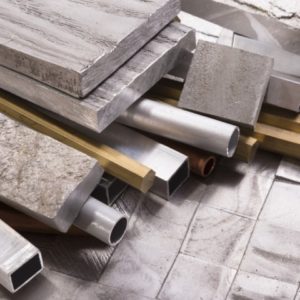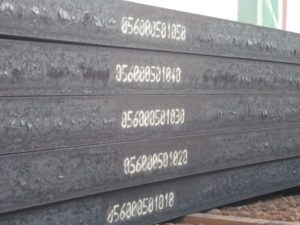Have you heard of boron? Consider this.
According to Britannica:
“In its compounds boron shows an oxidation state of +3. The first three ionization energies of boron, however, are much too high to allow formation of compounds containing the B3+ ion; thus, in all its compounds boron is covalently bonded. That is, one of boron’s 2s electrons is promoted to a 2p orbital, giving the outer electron configuration 2s12p2; the s and p orbitals can then be mixed to give sp2 and sp3 hybrids, which allow boron to be three- and four-coordinated, respectively. The three-coordinated derivatives (e.g., halides, alkyls, aryls) are planar molecules that readily form donor-acceptor complexes (called adducts), with compounds containing lone pairs of electrons; in these adducts the boron atom is four-coordinated, the four groups being tetrahedrally disposed around it. The tetrahedral bonds result from the reception of an unshared pair of electrons from a donor atom—either a neutral molecule or an anion. This allows a variety of structures to form. Solid borates show five types of structures involving several anions (i.e., BO33-, formed of boron and oxygen) and shared-electron bonds. The most familiar borate is sodium tetraborate, commonly known as borax, Na2B4O7∙10H2O, which occurs naturally in salt beds. Borax has long been used in soaps and mild antiseptics. Because of its ability to dissolve metallic oxides, it has also found wide applications as a soldering flux.
“Another boron compound with diverse industrial applications is boric acid, H3BO3. This white solid, also called boracic, or orthoboric, acid, is obtained by treating a concentrated solution of borax with sulfuric or hydrochloric acid. Boric acid is commonly used as a mild antiseptic for burns and surface wounds and is a major ingredient in eye lotions. Among its other important applications are its use as a fire retardant in fabrics, in solutions for electroplating nickel or for tanning leather, and as a major constituent in catalysts for numerous organic chemical reactions. Upon heating, boric acid loses water and forms metaboric acid, HBO2; further loss of water from metaboric acid results in the formation of boron oxide, B2O3. The latter is mixed with silica to make heat-resistant glass (borosilicate glass) for use in cooking ware and certain types of laboratory equipment. Boron combines with carbon to form boron carbide (B4C), an extremely hard substance that is used as an abrasive and as a reinforcing agent in composite materials.
“Boron combines with various metals to form a class of compounds called borides. The borides are usually harder, chemically less reactive, and electrically less resistive and have a higher melting point than the corresponding pure metallic elements. Some of the borides are among the hardest and most heat-resistant of all known substances. Aluminum boride (AlB12), for example, is used in many cases as a substitute for diamond dust for grinding and polishing.
“With nitrogen, boron forms boron nitride (BN), which, like carbon, can exist in two allomorphic (chemically identical but physically different) forms. One of them has a layer structure resembling that of graphite, whereas the other has a cubic crystalline structure similar to that of diamond. The latter allotropic form, called borazon, is capable of withstanding oxidation at much higher temperatures and is extremely hard—properties that make it useful as a high-temperature abrasive.
“Boron reacts with all halogen elements to give monomeric, highly reactive trihalides (BX3, where X is a halogen atom—F, Cl, Br, or I). These so-called Lewis acids readily form complexes with amines, phosphines, ethers, and halide ions. Examples of complex formation between boron trichloride and trimethylamine, as well as between boron trifluoride and fluoride ion, are shown in the following equations:
Equation.
“in which the heavy dot indicates that a bond is formed between the nitrogen and boron atoms. When boron trichloride is passed at low pressure through devices delivering an electric discharge, diboron tetrachloride, Cl2B–BCl2, and tetraboron tetrachloride, B4Cl4, are formed. Diboron tetrachloride decomposes at room temperature to give a series of monochlorides having the general formula (BCl)n, in which n may be 8, 9, 10, or 11; the compounds with formulas B8Cl8 and B9Cl9 are known to contain closed cages of boron atoms.
“Boron also forms a series of halides with the general formula BnXn, which also contains closed cages of boron atoms. One example is the boron chloride B4Cl4. Unfortunately, these interesting halides, most of which are highly coloured in sharp contrast to the more typical boron derivatives, are exceedingly difficult to prepare and to handle. The substance B4Cl4, for example, can be prepared only in milligram quantities, and complex electrical-discharge techniques are needed for its production; furthermore, it ignites spontaneously in air and is rapidly decomposed both by water and even by the grease used to lubricate the vacuum equipment employed in its preparation.
“With hydrogen, boron forms a series of compounds called boranes, the simplest being diborane (B2H6). The molecular structure and chemical behaviour of these boron hydrides are unique among inorganic compounds. Typically, their molecular structure reveals some boron and hydrogen atoms closely surrounded by or bonded to more atoms than can be explained by an electron-pair bond for each pair of atoms. This variance led to the concept of a chemical bond consisting of an electron pair not localized between two atoms but shared by three atoms (three-centre two-electron bond). The unusual three-centred two-electron bonds led to a variety of polyhedral boron hydride compounds. The most common and well-known boron hydrides include the decahydro-closo-decaborate ([B10H10]2−) and dodecahydro-closo-dodecaborate ([B12H12]2−) anions. When boron hydride clusters include carbon atoms, they form carboranes, or carbaboranes (according to International Union of Pure and Applied Chemistry nomenclature). The most commonly encountered carborane cluster is icosahedral dicarbaborane (C2B10H12). Depending on the location of the carbon atoms in the boron cage, dicarbaboranes are classified into three isomers: ortho-carborane (1,2-C2B10H12), meta-carborane (1,7-C2B10H12), and para-carborane (1,12-C2B10H12). Polyhedral boranes and carboranes have applications in fields such as hydrogen storage and medicine, and they also act as building blocks for dendritic macromolecular structures. Diborane combines with a wide variety of compounds to form a large number of boron or borane derivatives, including organic boron compounds (e.g. alkyl- or aryl-boranes and adducts with aldehydes).
“The presence of boron compounds can be detected qualitatively by the green coloration they impart to the flame of an ordinary laboratory, or bunsen, burner. Quantitatively, boron is most easily analyzed by converting the material to be analyzed into boric acid by treatment with acid; the excess mineral acid is then neutralized and the much weaker boric acid is titrated (neutralized on a volume–volume basis) in the presence of a sugar, such as mannitol, to make the acid detectable.”



